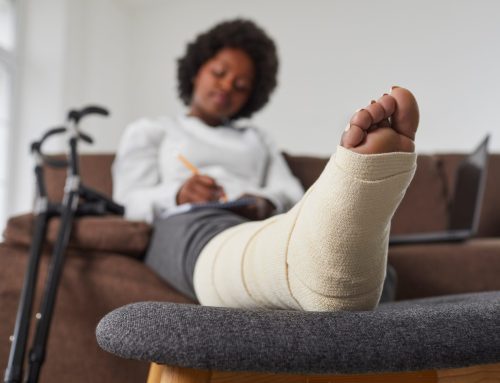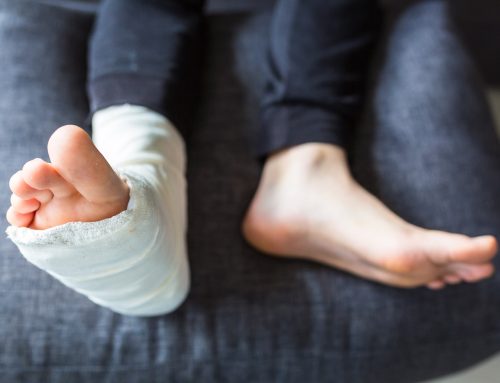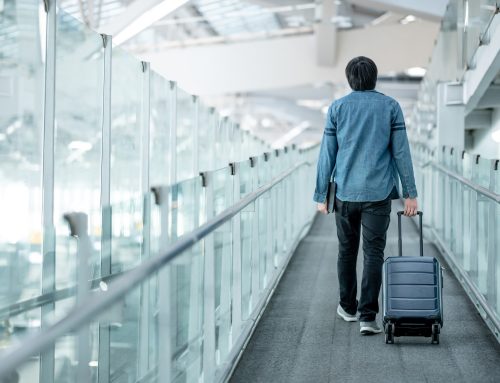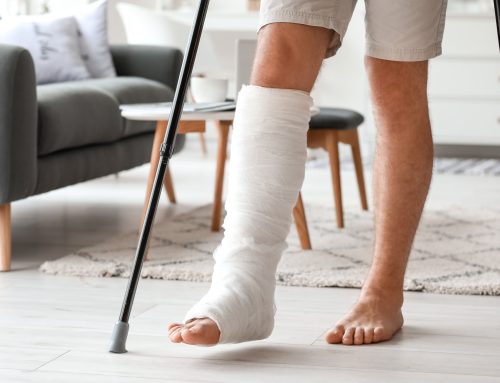In the fast-paced digital age, where screens are everywhere and tasks are completed with the click of a mouse, a silent epidemic has taken root—sedentary behaviour. While technological advancements have undoubtedly made our lives more convenient, they’ve also given rise to a modern lifestyle marked by prolonged sitting. But the consequences of this sedentary epidemic go far beyond mere comfort. This article delves into the surprising and often overlooked relationship between prolonged sitting, bone health, and mobility.

The Rise of Prolonged Sitting: A Lifestyle Quandary
Sitting has become the default posture for many in an era characterized by desk jobs, virtual meetings, and binge-worthy streaming content. The average person now spends a significant portion of their day sitting, whether it's at work, during commute, or unwinding in front of a screen. But what does this mean for our bones and overall well-being?
Bones in Motion: The Dynamic Nature of Bone Health
Bones are living tissues, constantly remodelling themselves in response to mechanical forces. Weight-bearing activities, such as walking, running, and jumping, exert stress on bones, prompting them to strengthen and renew. This process is vital for maintaining bone density and preventing conditions like osteoporosis.
However, the sedentary lifestyle disrupts this delicate balance. Prolonged sitting means less weight-bearing activity, which translates to reduced mechanical stress on bones. Over time, bones receive fewer signals to remodel and become less dense, increasing the risk of fractures.
The Sitting-Bone Connection: Decreased Bone Density
Research has unveiled a clear link between prolonged sitting and decreased bone density, particularly in weight-bearing bones like the spine, hips, and legs. A study published in the Journal of Clinical Endocrinology & Metabolism found that individuals who spent more time sitting had lower bone mineral density in the hip region, a key indicator of bone strength.
The sedentary lifestyle not only weakens bones but also heightens the susceptibility to fractures, even from minor falls or accidents. This fragility is a wake-up call, highlighting the need to prioritize movement in our daily lives.
Mobility Matters: Sedentary Lifestyle and Joint Health
While bones bear the brunt of prolonged sitting, joints aren't spared either. Joints are complex structures designed for fluid movement, and a sedentary lifestyle can lead to joint stiffness, discomfort, and reduced mobility.
When we sit for extended periods, our joints remain in static positions, missing out on the lubrication and nourishment that come from movement. This can lead to cartilage degeneration, a key contributor to joint pain and conditions like osteoarthritis. Maintaining joint health requires consistent movement to keep them supple and functional.
Muscle Matters Too: The Role of Physical Inactivity
Bones and muscles have a symbiotic relationship, each supporting the other's health. Prolonged sitting not only affects bones and joints but also contributes to muscle atrophy—loss of muscle mass and strength. Muscles play a vital role in supporting bones and maintaining balance, reducing the risk of falls and fractures.
Reduced muscle activity due to prolonged sitting can lead to weakened muscles that are less effective in protecting bones and promoting stability. A holistic approach that includes muscle-strengthening exercises alongside weight-bearing activities is crucial to safeguard bone health.
Breaking the Sedentary Spell: Strategies for Better Bone Health and Mobility
Breaking the cycle of prolonged sitting may seem challenging, but the journey toward better bone health and improved mobility is well worth the effort. Here are some actionable strategies to incorporate into your daily routine:
Movement Breaks: Set reminders to stand up, stretch, and walk around for a few minutes every hour. This simple practice can significantly reduce the negative effects of prolonged sitting.
Active Commuting: Whenever feasible, opt for walking or cycling for your daily commute. This adds more movement to your day and boosts cardiovascular health.
Ergonomic Workspaces: If your work involves sitting for long periods, invest in an ergonomic chair and adjust your workstation to promote proper posture. Small changes can make a big difference.
Lunchtime Walks: Use your lunch break as an opportunity to step outside and take a brisk walk. It's an excellent way to recharge both your body and mind.
Incorporate Strength Training: Include resistance exercises like weight lifting or bodyweight exercises to strengthen muscles and bones. Aim for at least two days of muscle-strengthening activities per week.
Stay Hydrated: Proper hydration supports joint lubrication and overall joint health. Make sure to drink enough water throughout the day.
Mindful Screen Time: Be conscious of the time spent in front of screens. Set limits on entertainment screen time and consider using apps that remind you to take breaks.
The sedentary epidemic calls for a paradigm shift—a realization that our modern conveniences shouldn't come at the cost of our health. The impact of prolonged sitting on bone health and mobility is a reminder that our bodies are designed for movement.
We can proactively safeguard our bone density, joint health, and overall mobility by embracing a more active lifestyle and integrating movement into our daily routines. In this pursuit, we reclaim control over our well-being, defying the constraints of the sedentary lifestyle and forging a path toward vitality and longevity.
When fractures occur, it can create an obstacle around mobility and exercise. While your doctor can recommend safe movement, you can also be proactive with your healing. Using a low-intensity pulsed ultrasound device can experience faster healing, getting you back to pre-injury living. Contact Fracture Healing to learn more.
How many hours do you estimate you spend sitting per day? How can you incorporate more movement into your daily life? Share your comments with our readers below.





